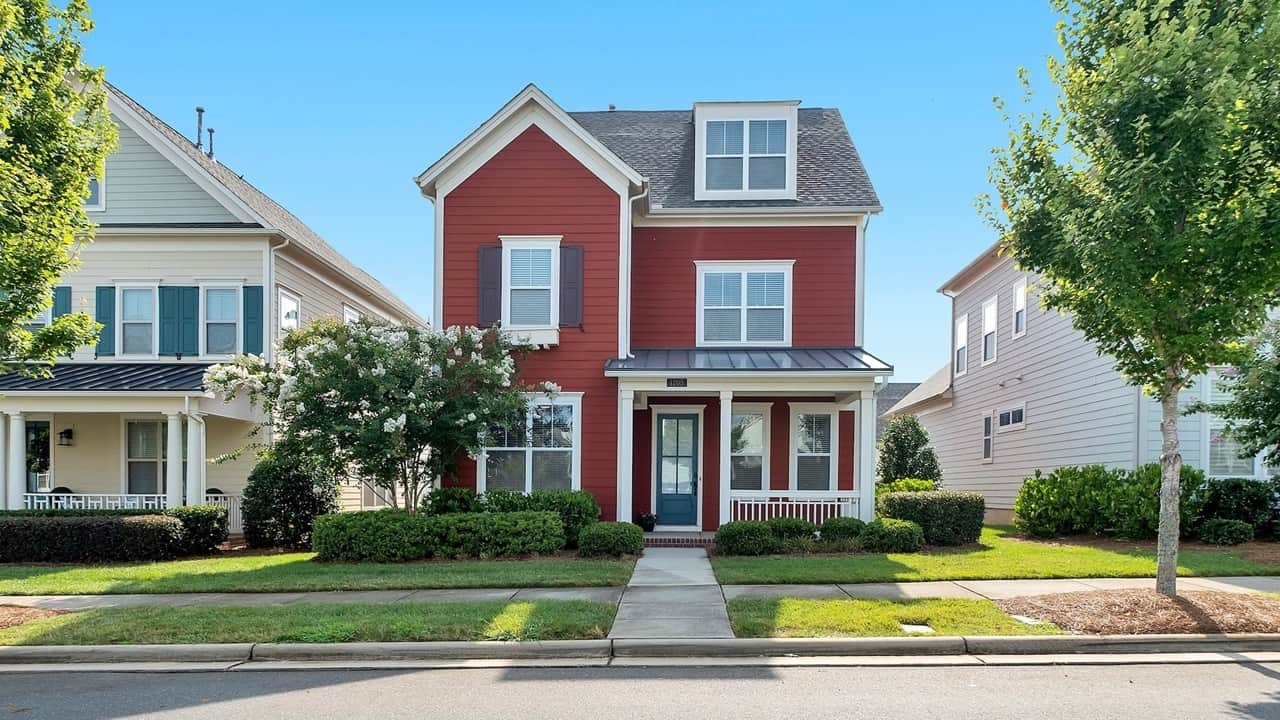Yes, it is possible to add a home improvement loan to your mortgage. This can provide a convenient and cost-effective way to finance major renovations or upgrades to your property. By adding the loan amount to your mortgage, you can take advantage of lower interest rates and spread the cost of the home improvements over the life of your mortgage. However, it’s important to thoroughly understand the process, requirements, and potential implications before making a decision.
1. Understanding Home Improvement Loans
Before exploring the possibility of adding a home improvement loan to your mortgage, it’s essential to understand the different types of loans available for home improvements:
- Personal Loans: These are unsecured loans that can be used for various purposes, including home improvements. They usually have higher interest rates and shorter repayment periods.
- Home Equity Loans: These loans allow you to borrow against the equity in your property, typically at a fixed interest rate. They are ideal for large projects and may have lower interest rates than personal loans.
- Home Equity Lines of Credit (HELOCs): This type of loan also allows you to borrow against your home’s equity, but instead of a lump sum, you have access to a line of credit that you can use as needed. HELOCs often have variable interest rates.
Each type of loan has its own advantages and considerations, so it’s important to compare their terms, interest rates, and repayment options before deciding which one is the best fit for your needs.
2. Adding a Home Improvement Loan to Your Mortgage
Adding a home improvement loan to your mortgage involves refinancing your existing mortgage or applying for a new mortgage that includes the loan amount for the renovations. Here’s how the process typically works:
- Evaluate your renovation plans and estimate the cost of the improvements.
- Research lenders and compare their mortgage and home improvement loan options.
- Apply for a new mortgage or refinance your existing mortgage, including the additional loan amount for the improvements.
- Provide necessary documentation, such as proof of income, credit history, and details of the planned renovations.
- Undergo the lender’s approval process, which may involve property appraisal, credit checks, and income verification.
- If approved, the lender will disburse the funds for the renovations, which can be managed through an escrow or construction loan account.
- You can now proceed with the home improvements using the borrowed funds.
Keep in mind that the process may vary depending on the lender and your individual circumstances, so it’s important to consult with a mortgage professional who can guide you through the specific requirements.
3. Pros and Cons of Adding a Home Improvement Loan to Your Mortgage
While adding a home improvement loan to your mortgage can offer several benefits, it’s essential to consider both the advantages and potential drawbacks:
| Pros | Cons |
|---|---|
|
|
Considering these factors will help you make an informed decision and determine whether adding a home improvement loan to your mortgage is the right choice for you.
4. Alternative Options for Home Improvement Financing
If adding a home improvement loan to your mortgage doesn’t align with your needs or preferences, there are alternative options to consider:
- Personal savings: If you have sufficient funds saved up, using your own money can be a straightforward and interest-free way to finance your home improvements.
- Credit cards: For smaller projects, credit cards can provide a convenient financing option. However, high-interest rates should be carefully considered.
- Government programs: Look into government-sponsored programs that offer financial assistance or incentives for certain types of home renovations.
- Home improvement grants and loans: Some organizations and agencies provide grants or low-interest loans specifically for home improvement purposes.
By exploring these alternatives, you can find a financing solution that best fits your situation and goals.
5. Conclusion
Adding a home improvement loan to your mortgage can be a viable option to finance major renovations or upgrades. It offers the advantage of lower interest rates and the convenience of spreading the costs over a longer period. However, it’s crucial to carefully weigh the pros and cons, compare loan options, and consider alternative financing methods before making a decision. Consulting with a trusted mortgage professional will help you navigate the process and find the most suitable solution for your unique circumstances. Remember, thorough research and planning are essential to ensure a successful home improvement financing journey.

